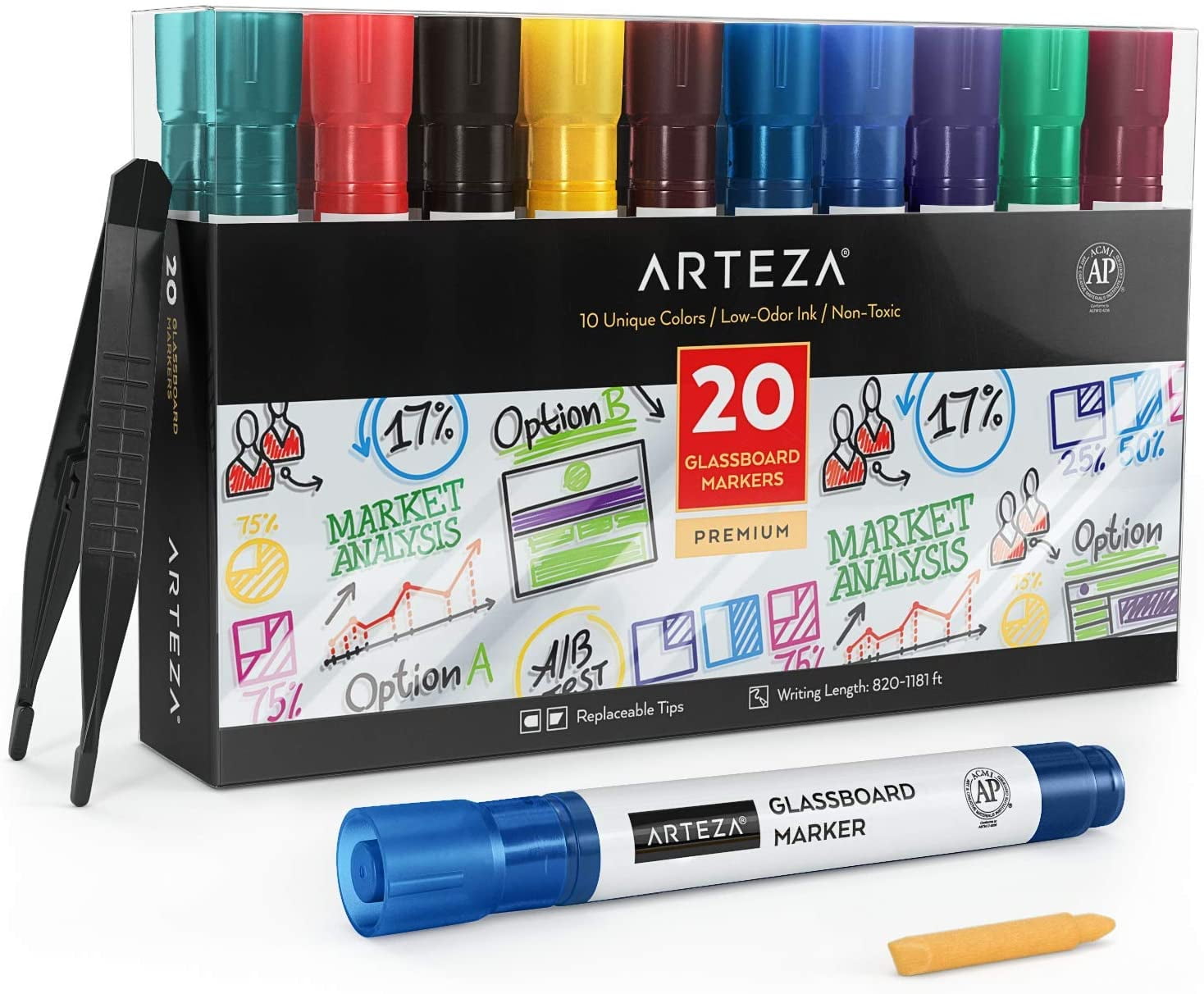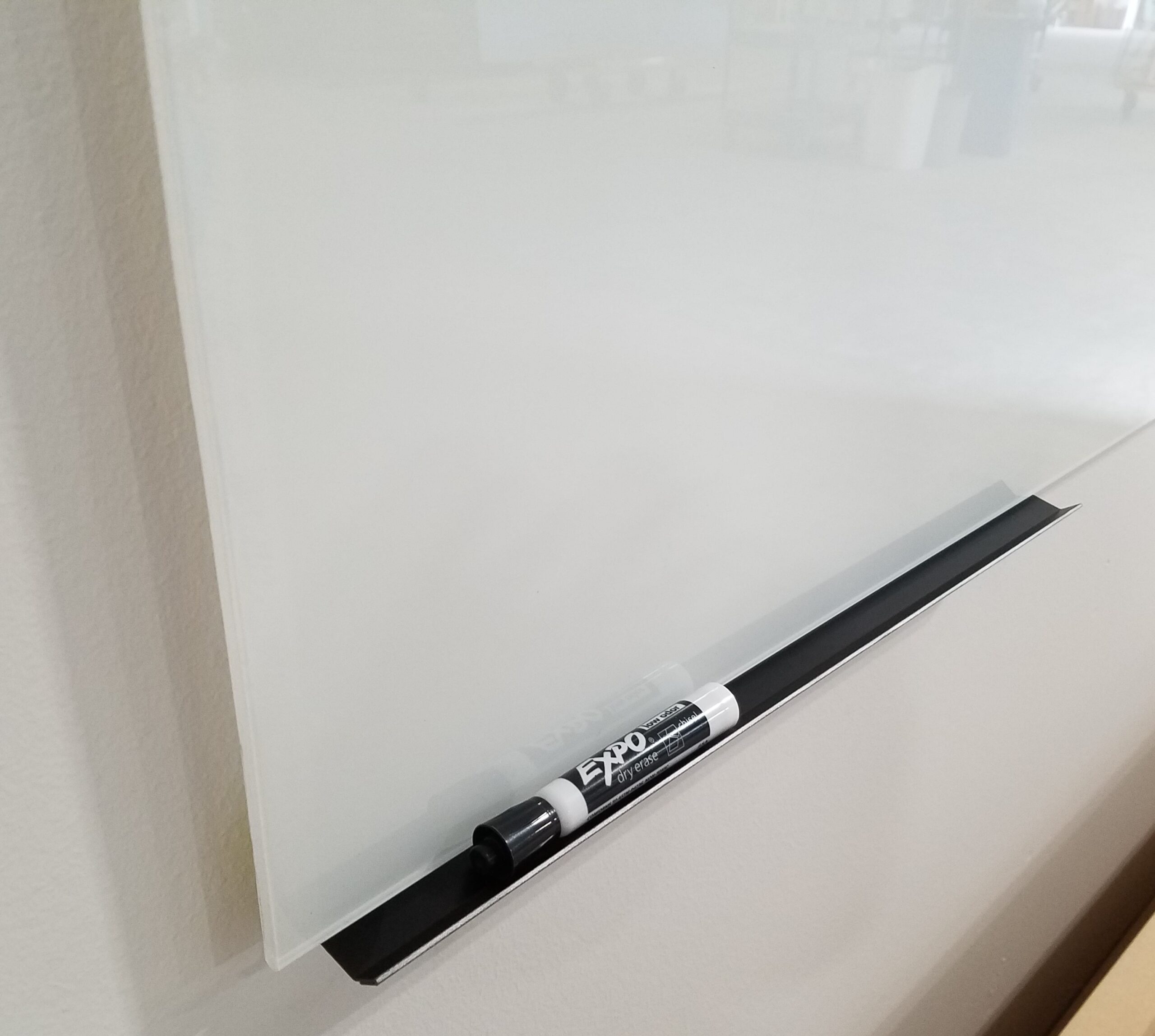Types of Glazing Pens for Cabinet Doors

Glazing pens offer a versatile and accessible method for enhancing the aesthetic appeal of cabinet doors, providing depth, dimension, and a professional finish. The choice of glazing pen, however, significantly impacts the final result. Understanding the differences between available types is crucial for achieving the desired look.
Glazing Pen Types and Their Properties, Glazing pen for cabinet doors
Selecting the right glazing pen depends on the desired finish, the substrate (the material of the cabinet door), and personal preference. Three primary types dominate the market: water-based, oil-based, and acrylic glazing pens. Each possesses unique characteristics affecting application, drying time, and the final appearance.
Comparison of Water-Based, Oil-Based, and Acrylic Glazing Pens
The following table summarizes the key differences between the three main types of glazing pens used for cabinet doors.
| Type | Finish Options | Advantages | Disadvantages |
|---|---|---|---|
| Water-Based | Matte, Satin, Low-Gloss | Easy cleanup with water, low odor, fast drying time, environmentally friendly. | Can be less durable than oil-based or acrylic, may require multiple coats for deep color, less resistant to scratches. |
| Oil-Based | High Gloss, Satin, Semi-Gloss | Durable, rich color saturation, excellent depth and flow, resistant to scratches and water damage. | Strong odor, slow drying time, requires mineral spirits or turpentine for cleanup, may yellow over time. |
| Acrylic | Matte, Satin, Gloss, High Gloss | Versatile, durable, relatively quick drying time, easy cleanup with soap and water, less odor than oil-based. | Can be less forgiving than oil-based during application, may require a primer on some surfaces. |
Glazing Pen Application Techniques
Proper application technique is paramount to achieving a professional and even finish. The method varies slightly depending on the type of glazing pen used.
Imagine a dark oak cabinet door. For a water-based glaze, aiming for a subtle antique effect, thin, light coats are applied using a fine-tipped brush. The brushstrokes should follow the wood grain, creating a subtle variation in color intensity. Multiple thin layers are better than one thick layer, allowing for even drying and preventing streaking. The result is a soft, understated enhancement of the wood’s natural grain.
With oil-based glazing pens, the process is similar but slower. The richer pigmentation allows for fewer coats to achieve the desired effect. Layering is still crucial, but the slower drying time allows for more blending and manipulation of the glaze. A high-gloss finish might involve a final coat applied with a wider brush for a smoother, more even sheen. The final effect might be a dramatic, high-contrast glaze, accentuating the cabinet door’s details.
Acrylic glazing pens provide a balance between the two. They allow for both subtle and dramatic effects depending on the application technique and the number of layers. Dry brushing, where only a small amount of glaze is applied to the brush and then lightly dragged across the surface, creates a textured effect. This technique could be used to highlight certain areas of the cabinet door, adding visual interest. The result is a versatile finish, allowing for a variety of looks.
Using Glazing Pens on Different Cabinet Door Materials

Glazing pens offer a versatile and cost-effective method for enhancing the aesthetic appeal of cabinet doors. However, the application process and required preparation vary depending on the cabinet door material. Understanding these differences is crucial for achieving a professional-looking finish. This section will detail the application of glazing pens on wood, MDF, and laminate, highlighting best practices and crucial preparation steps for each.
Glazing pen for cabinet doors – The success of glazing pen application hinges heavily on proper surface preparation. Different materials require unique treatments to ensure optimal adhesion and prevent uneven color distribution or streaking. Ignoring these preparatory steps can lead to a less-than-perfect finish, potentially requiring costly rework.
Glazing Pens on Wood Cabinet Doors
Wood, a classic cabinet material, offers a porous surface that readily absorbs glazing pen. This characteristic can both aid and hinder the application process. While absorption provides rich color depth, it also increases the risk of uneven color distribution if not applied carefully. The type of wood also influences the absorption rate, with softer woods generally absorbing more readily than harder woods.
Achieving a smooth, even finish on wood requires careful attention to detail. Over-application can lead to pooling and uneven drying, while under-application may result in a patchy appearance. Multiple thin coats, allowing each to dry completely before applying the next, are generally recommended.
Preparing Wood Cabinet Doors for Glazing Pen Application
Preparing the wood surface is paramount for a successful application. This involves several steps:
- Sanding: Lightly sand the surface with fine-grit sandpaper (220-grit or higher) to remove any imperfections and create a smooth, even surface. This improves paint adhesion and prevents uneven absorption of the glazing pen.
- Cleaning: Thoroughly clean the surface with a tack cloth or slightly damp cloth to remove dust and debris generated during sanding. This ensures the glazing pen adheres properly and prevents contamination.
- Priming (Optional): For porous woods or if a very even color is desired, a wood primer can be applied before the glazing pen. This helps to seal the wood and create a uniform base for the glazing pen, preventing uneven absorption.
Glazing Pens on MDF Cabinet Doors
Medium-density fiberboard (MDF) is a popular choice for cabinet doors due to its smooth, flat surface and affordability. However, its non-porous nature requires a different approach to glazing pen application compared to wood. The glazing pen sits on top of the MDF rather than being absorbed, requiring careful application to avoid streaks and uneven coverage.
The smooth surface of MDF makes it less prone to uneven absorption, but it also means that any imperfections will be more readily visible. Therefore, careful preparation is still necessary to achieve a professional-looking finish.
Preparing MDF Cabinet Doors for Glazing Pen Application
Preparing MDF surfaces involves a slightly different process:
- Sanding: Lightly sand the surface with very fine-grit sandpaper (320-grit or higher) to remove any imperfections. MDF is relatively smooth, so only light sanding is usually necessary.
- Cleaning: Thoroughly clean the surface with a tack cloth or slightly damp cloth to remove dust and debris. This step is crucial for ensuring proper adhesion.
- Priming (Recommended): While not strictly necessary, a primer is highly recommended for MDF. It creates a better surface for the glazing pen to adhere to, preventing chipping and improving the overall finish.
Glazing Pens on Laminate Cabinet Doors
Laminate cabinet doors present a unique challenge due to their non-porous, sealed surface. Glazing pens generally do not adhere well to laminate without proper preparation. The application process requires careful attention to detail and the use of a suitable primer to ensure the glazing pen adheres properly.
Achieving a smooth, even finish on laminate can be challenging, as the glazing pen will not penetrate the surface. The technique focuses on creating a thin, even coat that adheres uniformly to the laminate.
Preparing Laminate Cabinet Doors for Glazing Pen Application
Preparing laminate for glazing pen application is crucial for adhesion:
- Cleaning: Thoroughly clean the laminate surface with a suitable cleaner to remove grease, dirt, and any other contaminants. This is essential for ensuring proper adhesion.
- Priming (Essential): A specialized primer designed for laminate surfaces is absolutely essential. This primer provides a surface to which the glazing pen can adhere, preventing peeling or chipping.
- Light Sanding (Optional): After the primer has dried, lightly sanding with very fine-grit sandpaper (400-grit or higher) can improve adhesion. However, be extremely cautious to avoid damaging the laminate surface.
Glazing Pen Techniques and Projects: Glazing Pen For Cabinet Doors

Glazing pens offer a versatile and accessible method for enhancing the aesthetic appeal of cabinet doors. Mastering a few key techniques unlocks a wide range of creative possibilities, transforming plain surfaces into stunning focal points. This section explores various glazing techniques and provides inspiring project ideas to help you unleash your creativity.
Glazing Pen Techniques
The effect achieved with glazing pens depends heavily on the application technique. Different approaches yield dramatically different results, ranging from subtle washes of color to bold, textured finishes. Understanding these techniques is crucial for achieving the desired aesthetic.
Dry brushing creates a distressed, antique look. Imagine a lightly loaded brush, barely touching the surface, leaving behind streaks of color that highlight the wood grain. The result is a subtle, aged appearance, ideal for creating a rustic or vintage feel. The color appears faded and uneven, enhancing the wood’s natural character.
Wet blending involves layering colors while the previous layer is still wet. This allows for a seamless transition between shades, creating a soft, blended effect. Visualize a smooth gradient from a darker base color to a lighter highlight, resulting in a sophisticated and polished finish. The colors melt together, creating depth and dimension.
Sponging applies color in a more textured and irregular way. Imagine dabbing a slightly damp sponge onto the surface, creating a mottled or stippled effect. This technique is excellent for adding visual interest and depth, particularly when used to create a faux-finish or aged appearance. The resulting texture resembles a natural weathering process.
Creative Glazing Pen Projects for Cabinet Doors
The following table Artikels several project ideas showcasing the versatility of glazing pens. These range from simple color washes to more intricate designs, demonstrating how glazing pens can transform the look of your cabinet doors.
| Project Name | Description | Materials Needed | Techniques Used |
|---|---|---|---|
| Simple Color Wash | Applying a single color glaze over the entire cabinet door surface to subtly enhance the wood tone. | Glazing pen (desired color), clean cloths | Wet blending (for smooth transitions) or a single application for a uniform look |
| Distressed Antique Finish | Creating a weathered, antique look using dry brushing techniques and layering of different glaze colors. | Glazing pens (various shades of the same color family), stiff bristle brush, clean cloths | Dry brushing, layering |
| Faux Marble Effect | Mimicking the veining and color variations of marble using a combination of light and dark glaze colors. | Glazing pens (white, gray, black), sponge, clean cloths | Sponging, wet blending |
| Geometric Pattern | Creating a geometric pattern on the cabinet doors using painter’s tape to mask off sections and applying different glaze colors. | Glazing pens (various colors), painter’s tape, clean cloths | Precise application, masking |
